I love Bill Shuck’s flies, so I asked if he would send me a couple more to show off here at FrankenFly. So here they are. Bill briefly explains each below. Thanks Bill!
This one I call “Just-Emerged PMD” that I originally tied for an IBF swap in 2013. It is basically a soft hackle with a “wing” of CDC, whose purpose is to trap just enough air to give the impression of an insect in the final stage of becoming an adult.
Hook: Daiichi 1550, Size #14
Thread: Griffith’s Sheer 14/0, amber
Hackle: Light ginger dun hen saddle
Tail: Lemon wood duck
Body: Blend of light yellow/red/blue wool yarn fibers, twist dubbed
Wing: Greenish-blue CDC
The second is a version of a kebari-style tenkara fly. Tenkara fishing , which dates back for centuries in Japan, has become moderately popular in the USA over the past few years. It employs minimalist equipment (rods with no reels) and was developed to catch relatively small fish out of high mountain streams. The distinguishing feature of the kebari fly is the “reversed” hackle, an arrangement which promotes a life-like pulsing of the hackle fibers in turbulent water.
Hook: Daiichi 1150, Size #12
Thread: Pearsall’s Gossamer silk, #3 primrose
Head: Buildup of thread wraps
Hackle: Waterhen covert
Tag: Thread wraps
Abdomen: Grey goose herl
Thorax: Muskrat fur in dropped loop brush

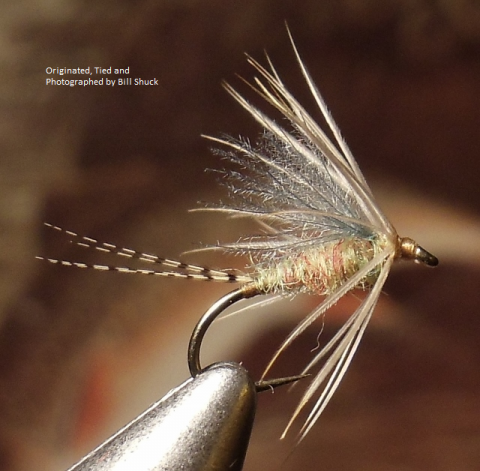
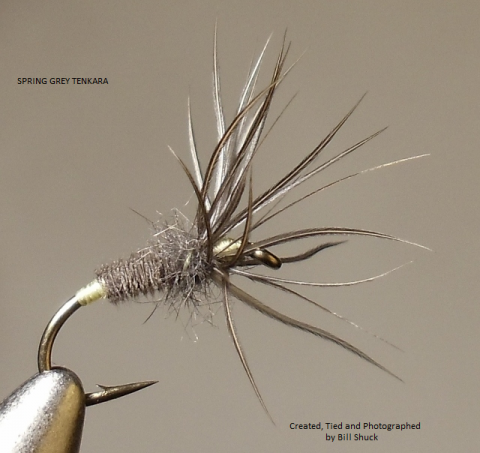

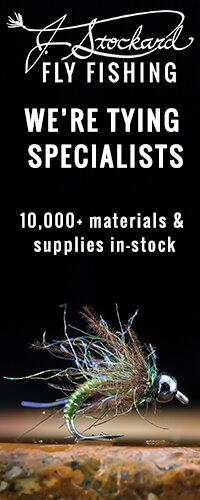

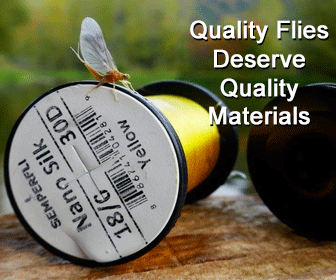

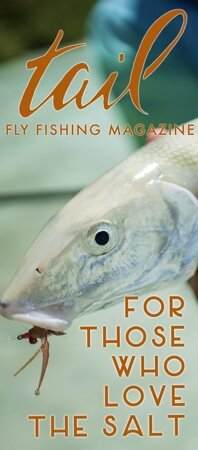
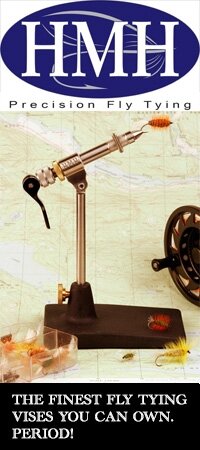

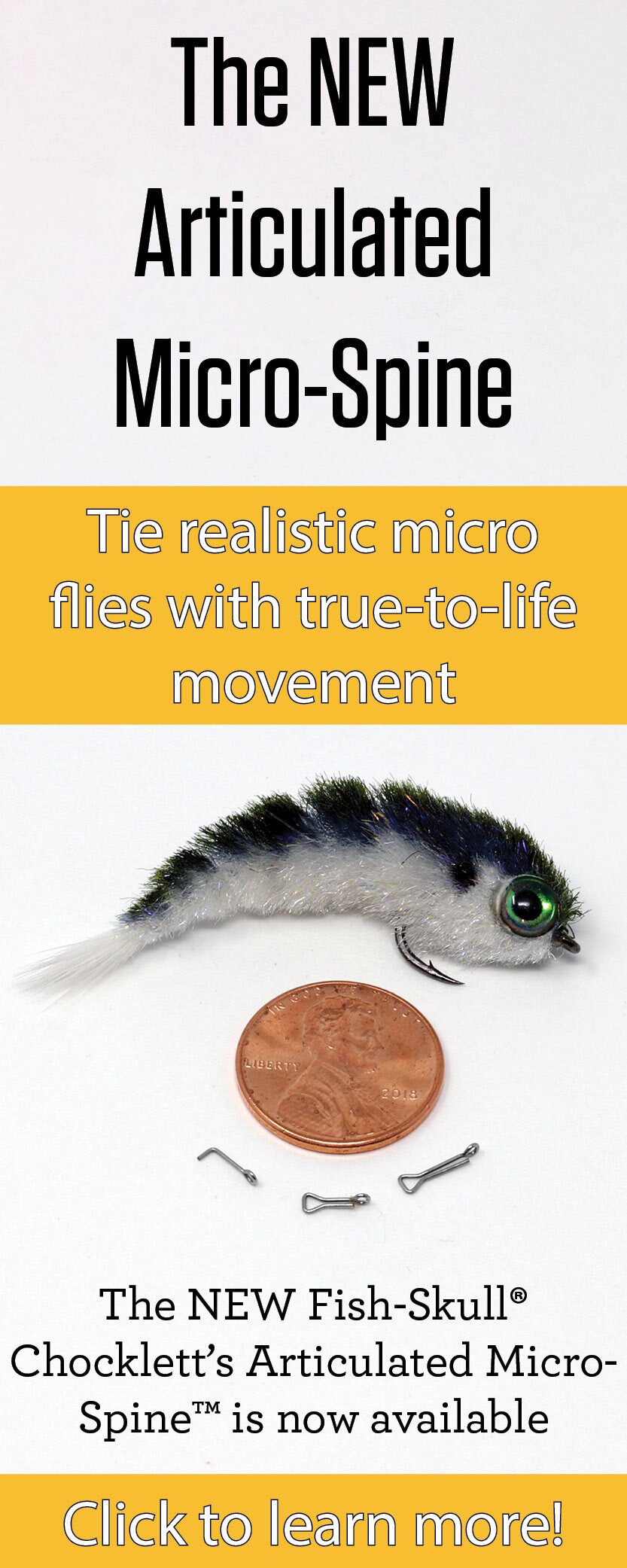

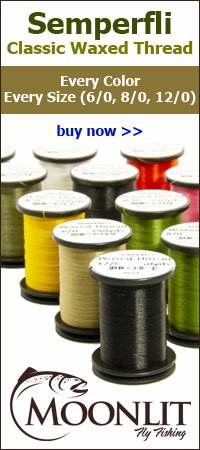
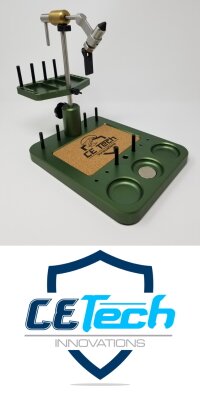



Bill – Both of these flies are outstanding. That grey goose herl sure makes a beautiful body (tenkara fly). Great ideal!
I really like the just emerged. I can see that one catching a lot of fish anywhere. Thanks!
Bill I hope you know my jaw dropped when I saw these beauties! I love them. 🙂
The ‘Just Emerged PMD’ looks like it would be very enticing to trout. The dubbing, “Blend of light yellow/red/blue wool yarn fibers, twist dubbed”, appears very similar to the original ‘Tups’ dubbing which has been a trout favorite for over 110 years. A pattern I will be tying. Thanks.
Thanks, Allan. I should point out that when I wrote out the recipe for the “Just-Emerged PMD”, I did so from memory. I’ve checked back now on the dubbing components and would like to add that there are also some white wool and trace amounts of green wool in the mix.